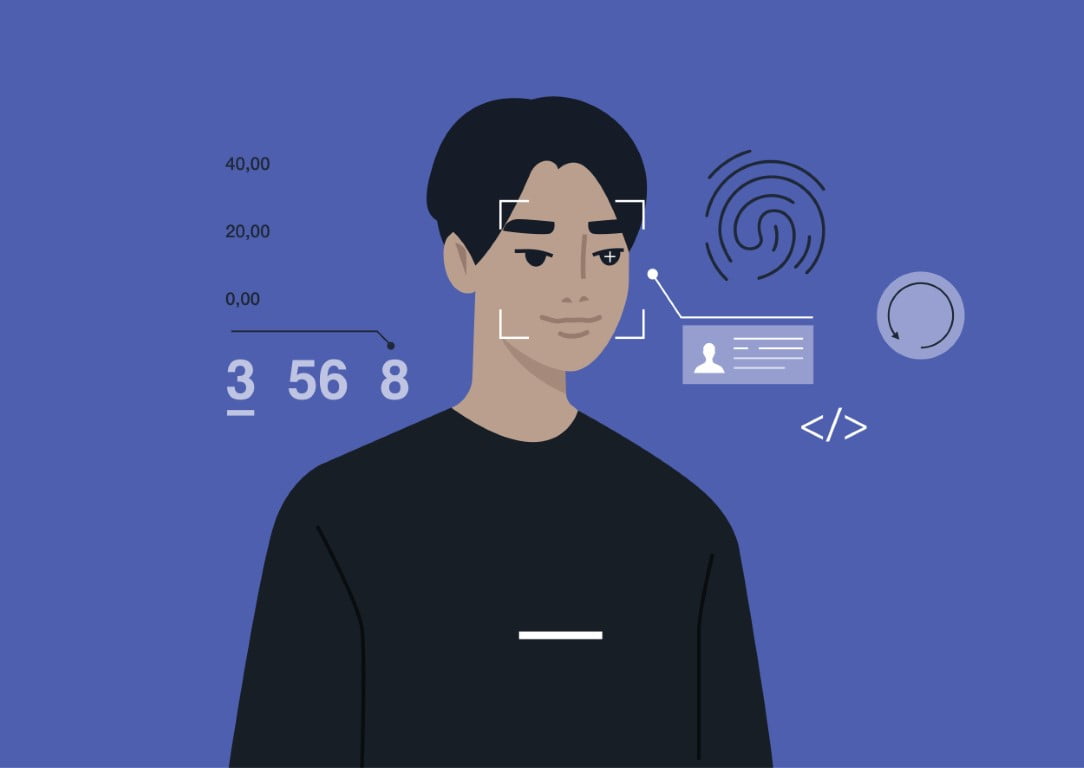Eye Tracking in UX
We all know that research is important for the development of any product.
Table of Contents
Without feedback from users, it’s impossible to know if what you’re making is actually helpful or not. That’s why UX research exists – to study how people interact with products and services so that designers and developers can create better user experiences. But what are the most effective methods of conducting UX research? In this blog post, we’ll take a look at one popular method – eye tracking – and explore how effective it really is.
When it comes to understanding user behavior, eye tracking is one of the most powerful tools available to UX researchers. It’s a non-invasive method that allows researchers to accurately measure where people are looking on a page or screen and how long they’re looking at it. This can provide valuable insights into how users view web pages and apps, which in turn can help designers identify issues and improve usability.
How Eye Tracking in UX Works
Eye tracking is a method of measuring where a user is looking on a screen or in a physical environment. In the field of User Experience (UX) research, eye tracking is used to gain insights into how users interact with digital products and to identify areas of improvement.
By tracking the eyes of users and measuring their gaze, eye tracking is able to provide valuable insights into user behavior. This allows designers to identify areas of improvement on websites and apps that would otherwise remain hidden. Eye tracking can also help UX researchers understand how people are interacting with product interfaces and interactivity patterns, which can be used to fine-tune design choices for better overall usability.
Types and Benefits of Eye Tracking Research
There are different types of eye-tracking technology available, including screen-based and remote eye-tracking. Screen-based eye tracking uses a camera to track the movement of the user’s eyes while they are looking at a computer screen. Remote eye tracking, on the other hand, uses infrared technology to track the movement of the user’s eyes from a distance.
- One of the main benefits of using eye tracking in UX research is that it allows researchers to see where users are looking and for how long. This information can be used to determine which elements of a website or application are attracting the most attention and which are being ignored. For example, if a button or link is located in an area of the screen where users are not looking, it may be necessary to move it to a more prominent location. Eye tracking can also be used to measure the effectiveness of different design elements. For example, researchers can use eye tracking to compare the effectiveness of two different layouts or to determine the best placement for a call-to-action button.
- Another advantage of eye tracking is that it allows researchers to see how users interact with a digital product in real time. This means that they can observe how users navigate through a website or application and identify any problems or confusion they may have. This is particularly useful for identifying usability issues such as poor navigation or confusing labels.
Eye tracking is a valuable research method that can help us understand how users interact with digital products. It can provide insights into user behavior that would be impossible to obtain through other methods.
Jakob Nielsen, Principal of the Nielsen Norman Group. Tweet
In addition, eye tracking can also be used to study user behavior in natural settings such as in-store, on the street, or in their homes by using a mobile eye-tracking device. This gives researchers the opportunity to observe users in their natural environment and to gain a deeper understanding of their needs and behaviors.
However, eye-tracking research has some limitations as well. It can be time-consuming and expensive to set up and execute, and it requires specialized equipment and trained personnel. Moreover, it can only provide data on where users are looking, and not on why they are looking there. Eye-tracking data must be complemented with other research methods such as user interviews and surveys in order to get a full understanding of user behavior.
Economic Impact
In terms of economic impact, digital billboards can be a significant source of revenue for cities, with revenue generated from billboard advertising often used to fund public services and infrastructure projects. UX designers are responsible for designing user experiences, which include the navigation and flow of information on a website or application. In that sense, they can be seen as “traffic controllers” in the sense that they are responsible for directing users through the product in an efficient and intuitive way.
- The global digital out-of-home (DOOH) advertising market was valued at $32.5 billion in 2019 and is projected to reach $49.5 billion by 2025, growing at a CAGR of 7.5% during the forecast period.
- In the United States, the digital out-of-home advertising market was valued at $8.2 billion in 2020 and is projected to reach $12.8 billion by 2026, growing at a CAGR of 7.4% during the forecast period.
- The DOOH advertising market in North America is expected to grow at a CAGR of 8.6% from 2020 to 2025.
- In Europe, the DOOH advertising market was valued at $6.2 billion in 2020 and is projected to reach $9.9 billion by 2026, growing at a CAGR of 8.5% during the forecast period.
- Research conducted at the Eye Tracking Lab at the University of Amsterdam shows that eye tracking can be an effective tool in UX research, with a reported accuracy rate of up to 95%. The results are accurate enough to identify patterns of user behavior and even detect subtle changes in user behavior.
- In terms of demographics, digital billboards tend to have the most impact on urban and suburban areas, with the highest concentration of billboards found in areas with high population density and high traffic.
- According to research, digital billboards tend to be more effective at reaching younger, more educated, and higher-income consumers
The Most Expensive Billboards Worldwide

The cost of advertising on billboards can vary greatly depending on a number of factors such as location, size, and visibility. However, here are a few examples of some of the most expensive billboards to advertise on in the world:
- Times Square in New York City, USA: Advertising on a billboard in Times Square can cost upwards of $3 million per year.
- Piccadilly Circus in London, UK: The billboards in Piccadilly Circus are considered some of the most expensive in the UK, with rates starting at around $1.5 million per year.
- Sunset Strip in Los Angeles, USA: Advertising on a billboard along the Sunset Strip can cost upwards of $1 million per year.
- Tokyo, Japan: Billboards in Tokyo’s most popular areas, such as Shibuya and Shinjuku, can cost upwards of $1 million per year.
- Hong Kong: Advertising on billboards in key locations in Hong Kong, such as Causeway Bay, can cost upwards of $1 million per year.
Eye tracking is a powerful tool for understanding how users interact with digital products. It can provide valuable insights into user behavior and can be used to identify areas of improvement. – Dr. Susan Weinschenk, a prominent speaker, consultant, and author on the topic of user experience and human behavior.
The Most Seen Eye Tracking Billboards
It’s difficult to determine the most seen billboards in the world as it depends on the location, the audience, and the time frame. However, some of the most iconic and well-known billboards include:
- Times Square in New York City, USA: Times Square is known for its large, colorful billboards and is considered one of the most popular tourist destinations in the world.
- Piccadilly Circus in London, UK: The billboards at Piccadilly Circus have been a fixture of the London skyline for over 100 years and are considered some of the most iconic in the world.
- Shibuya Crossing in Tokyo, Japan: The billboards at Shibuya Crossing, also known as “Scramble Crossing,” are known for their size and brightness and are considered some of the most impressive in the world.
- Hollywood Walk of Fame in Los Angeles, USA: The billboards along the Hollywood Walk of Fame are known for their association with the entertainment industry and are considered some of the most famous in the world.

Bottom Line
Advertising on billboards can be a costly investment, but it is also one of the most effective ways to reach potential customers. Eye-tracking technology can help researchers understand how users interact with digital products, as well as analyze user behavior in real-world settings. With eye-tracking data, advertisers can gain valuable insights into which billboard locations are generating the most attention and how they might better target their ads. Therefore, investing in eye-tracking technology should be seriously considered when deciding where to place advertising dollars.
Eye tracking is a powerful tool for understanding how users interact with digital products. It can provide valuable insights into user behavior and can be used to identify areas of improvement. However, it is important to keep in mind that eye tracking is just one of many research methods available and should be used in conjunction with other research methods to gain a complete understanding of user behavior.
